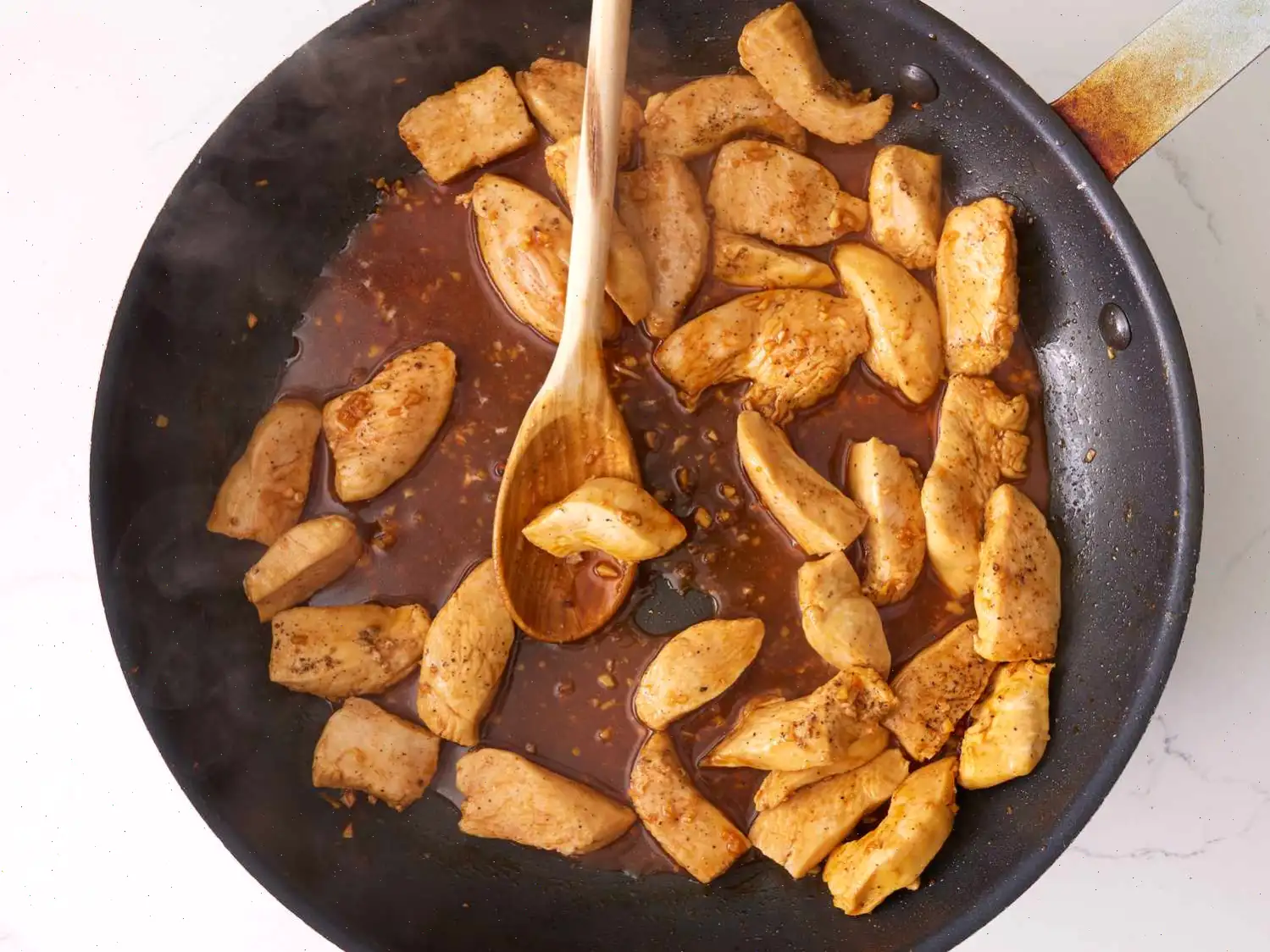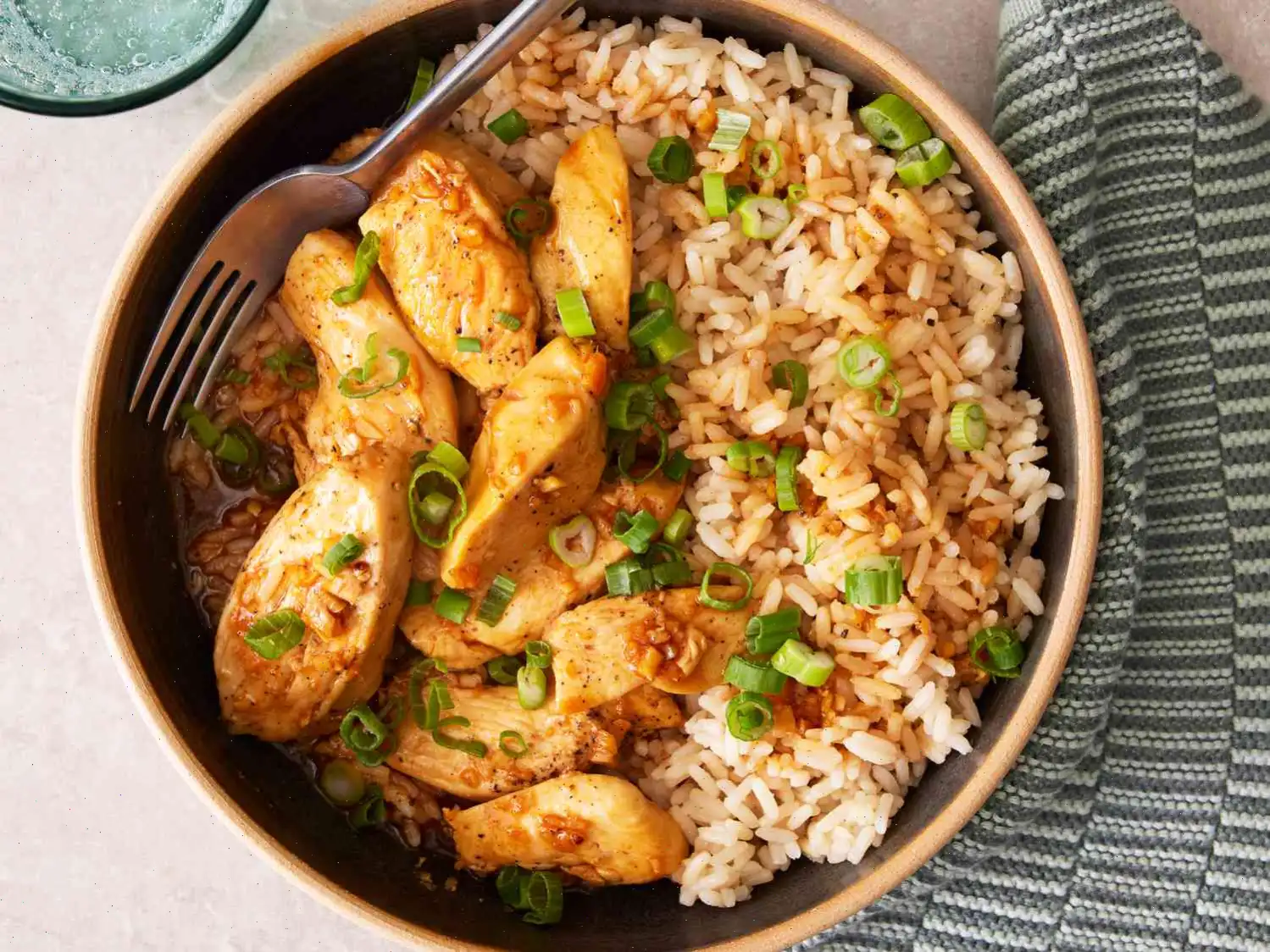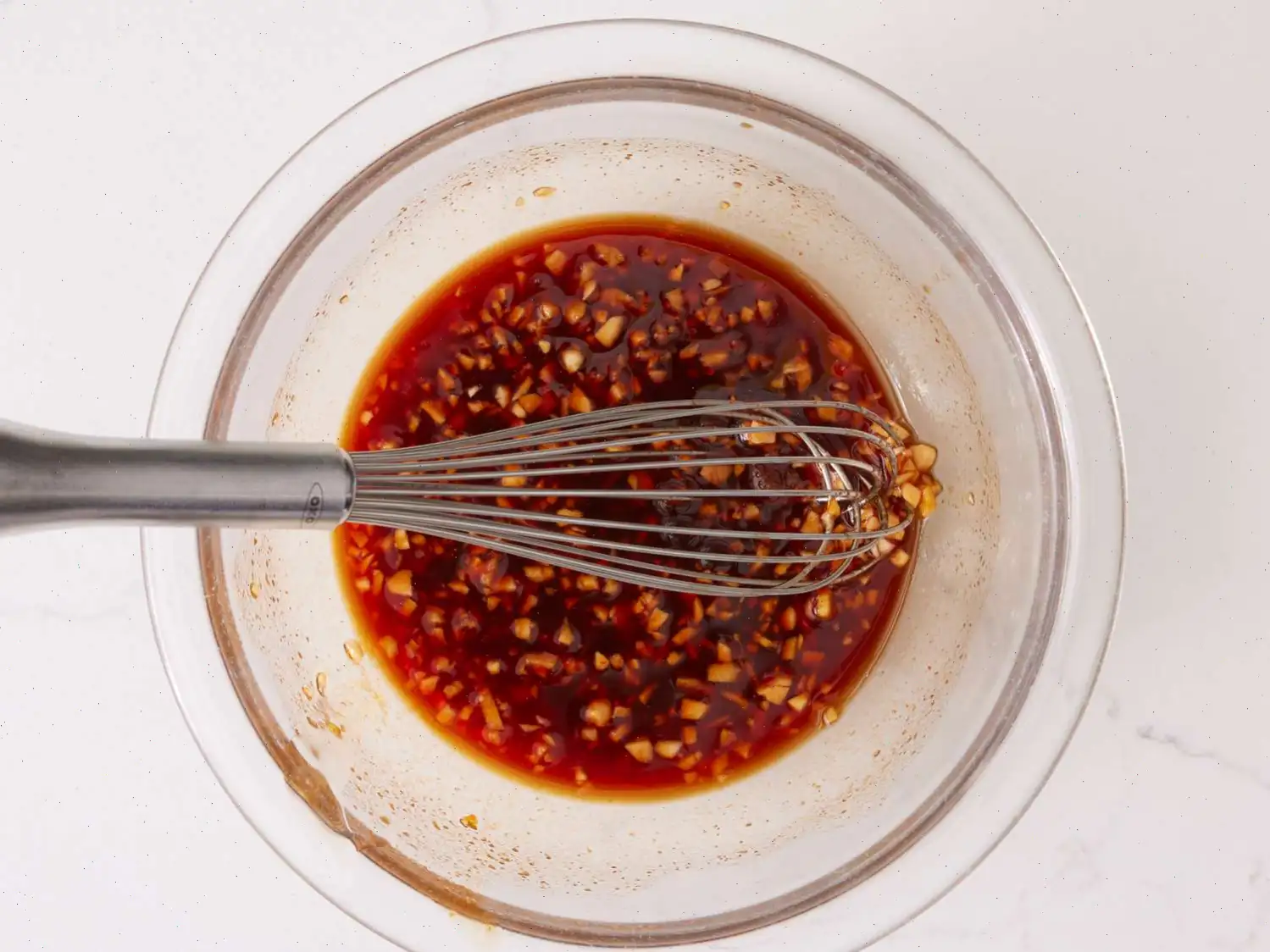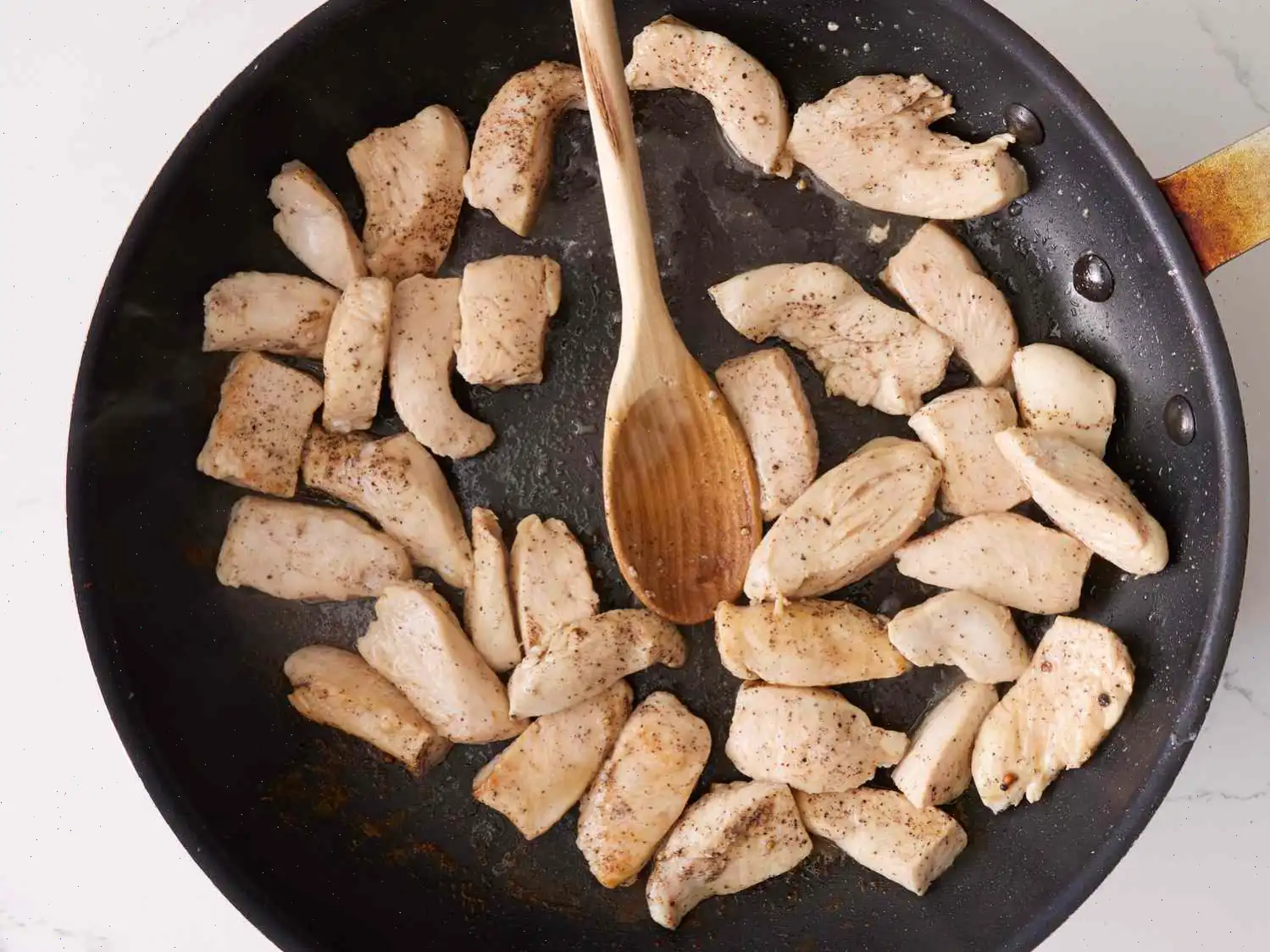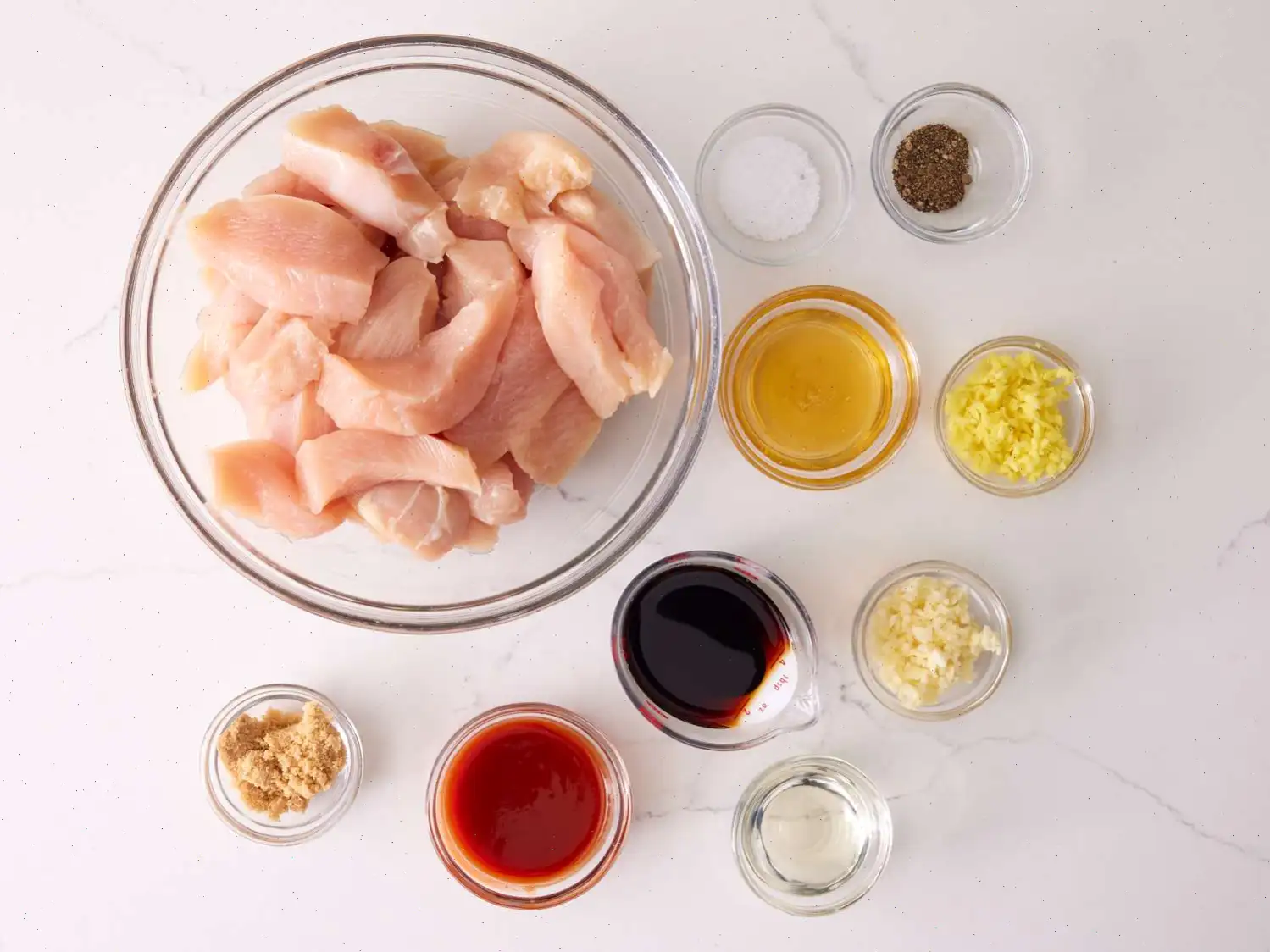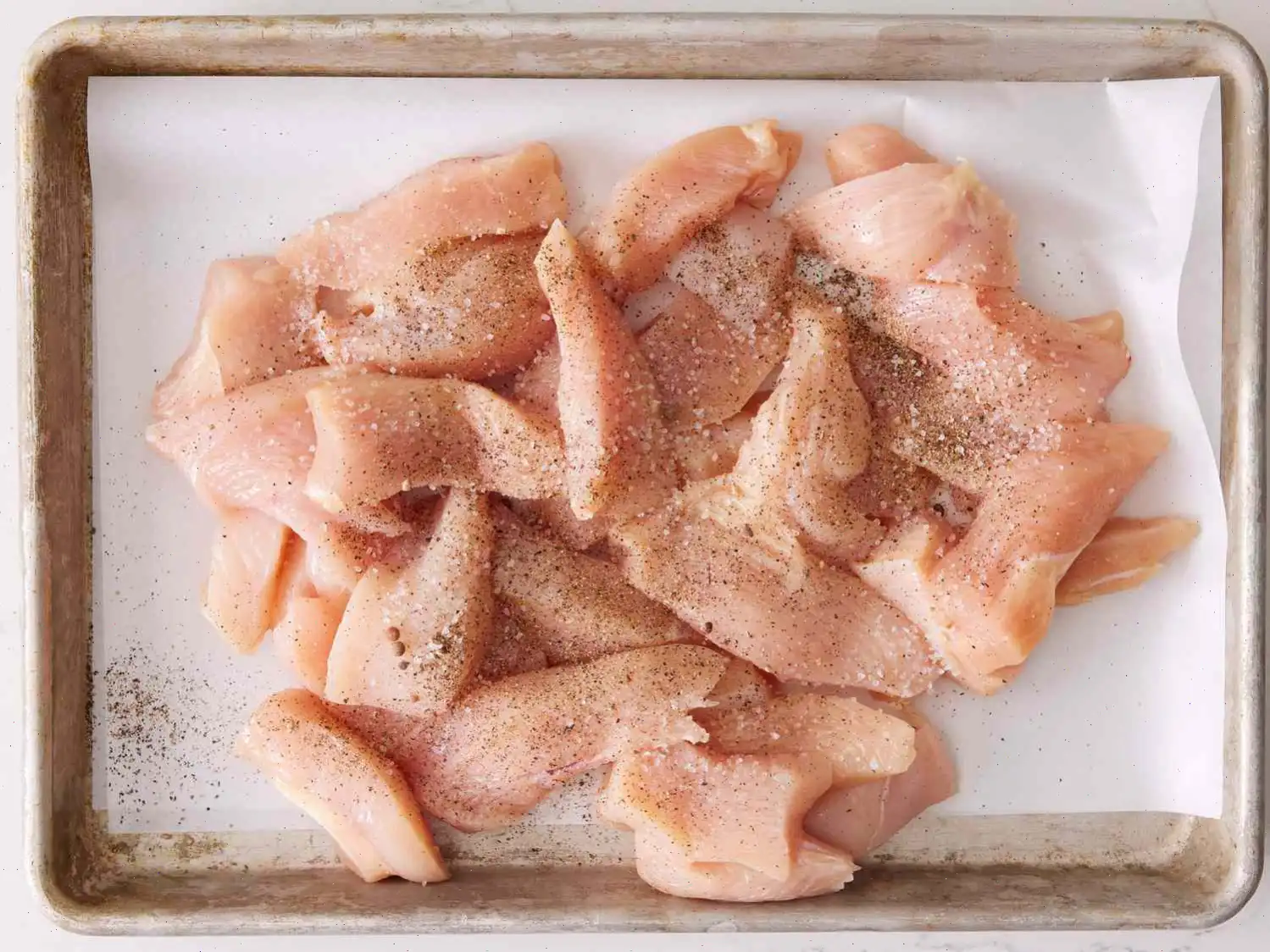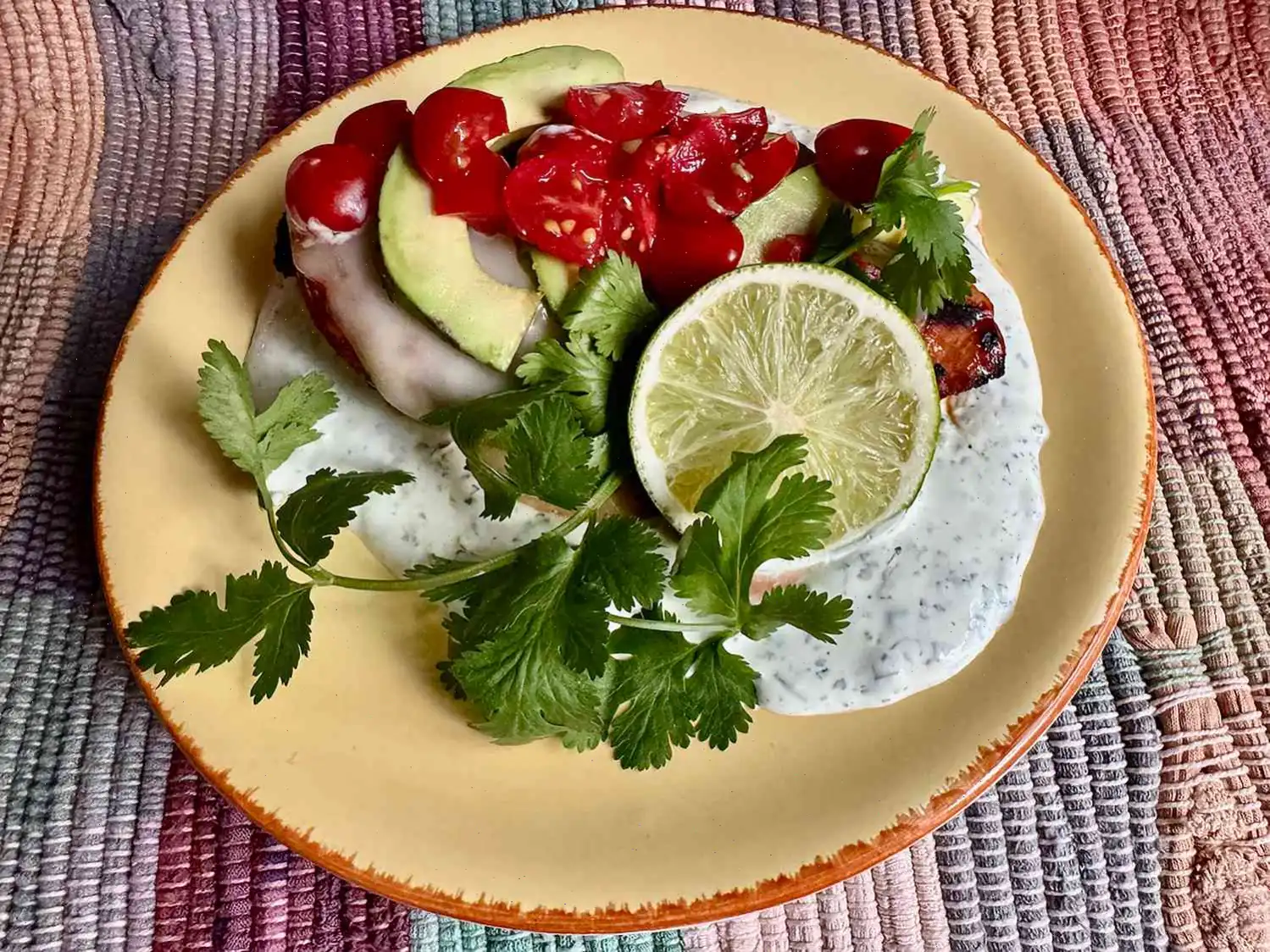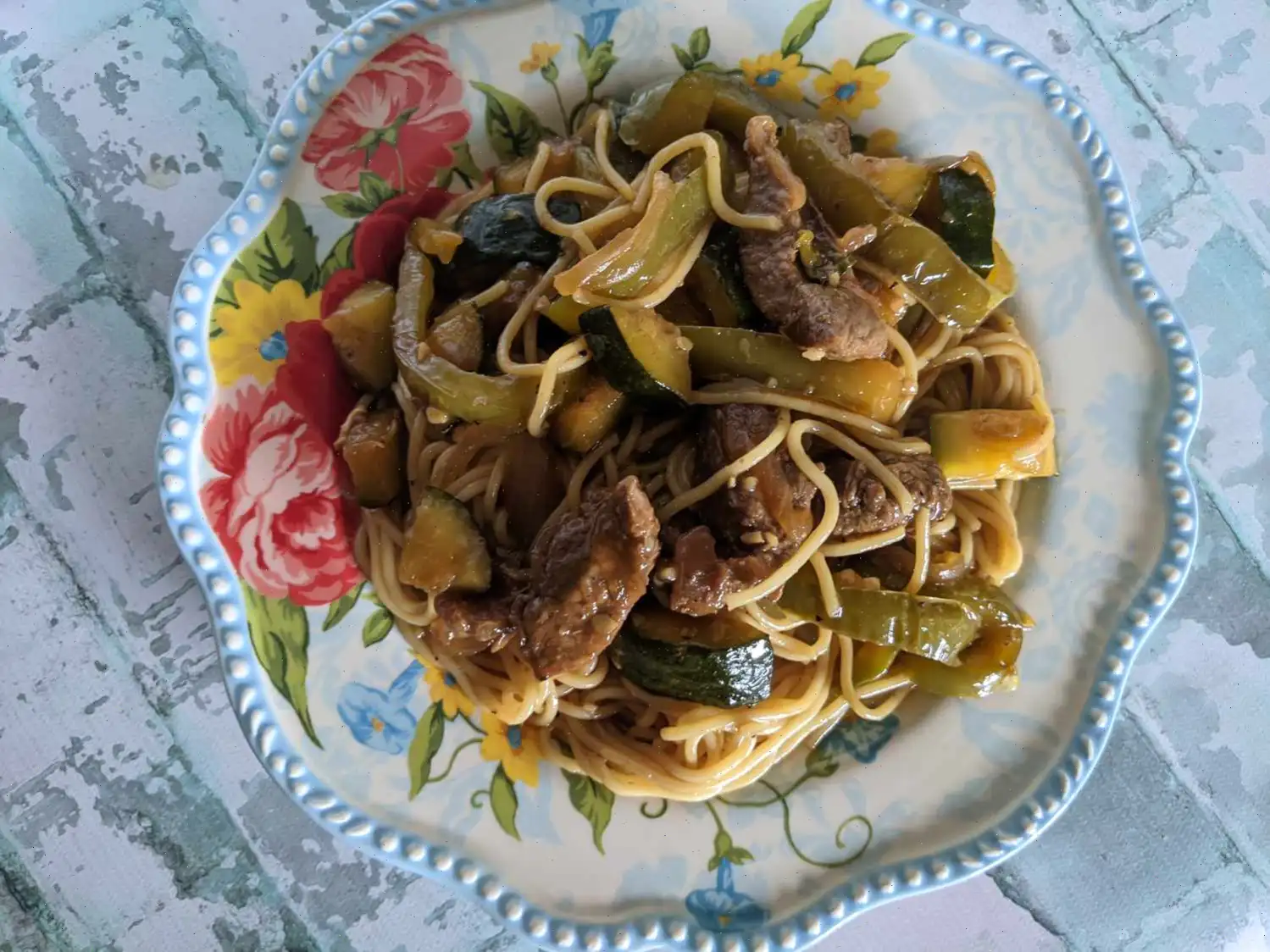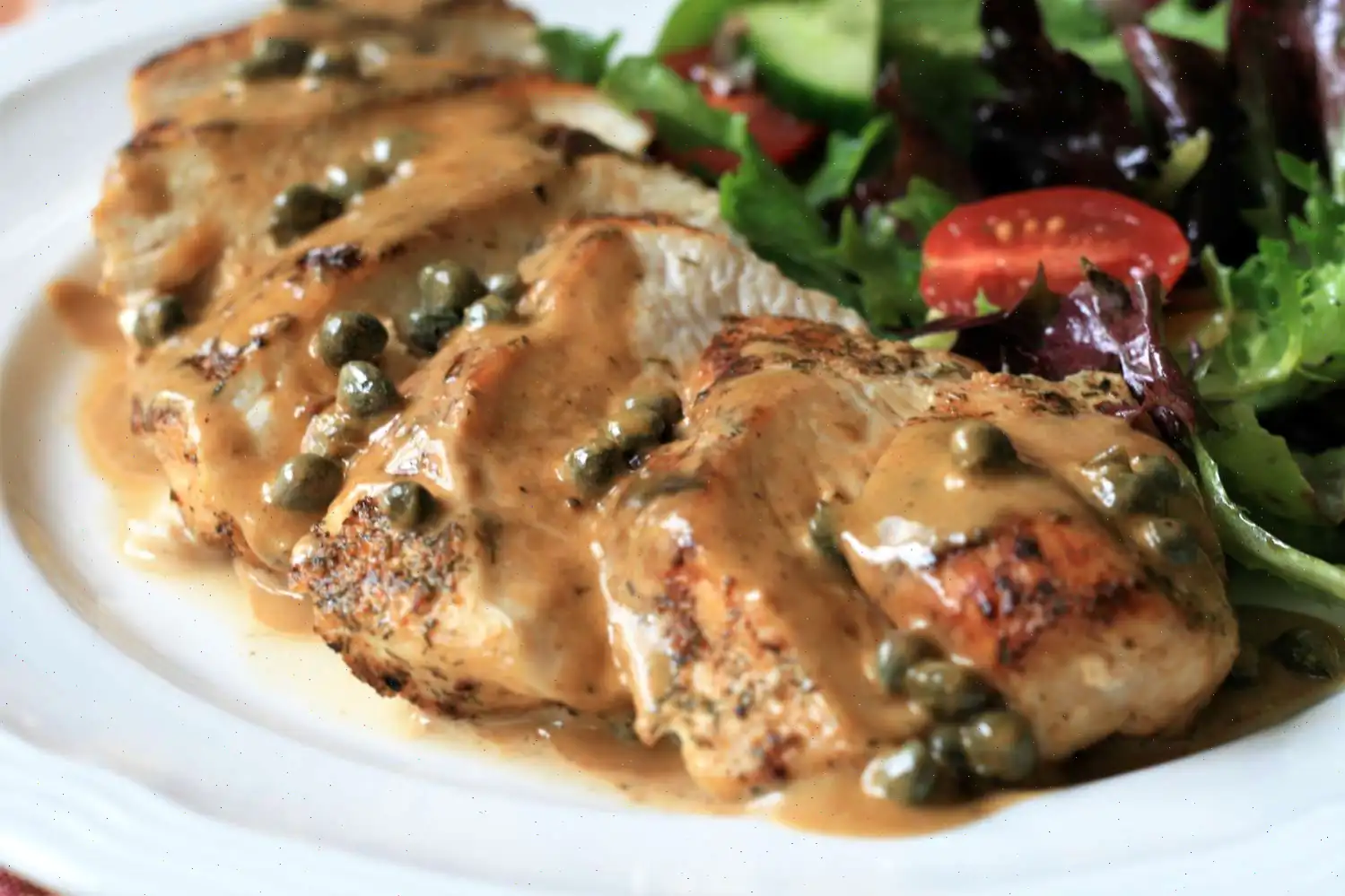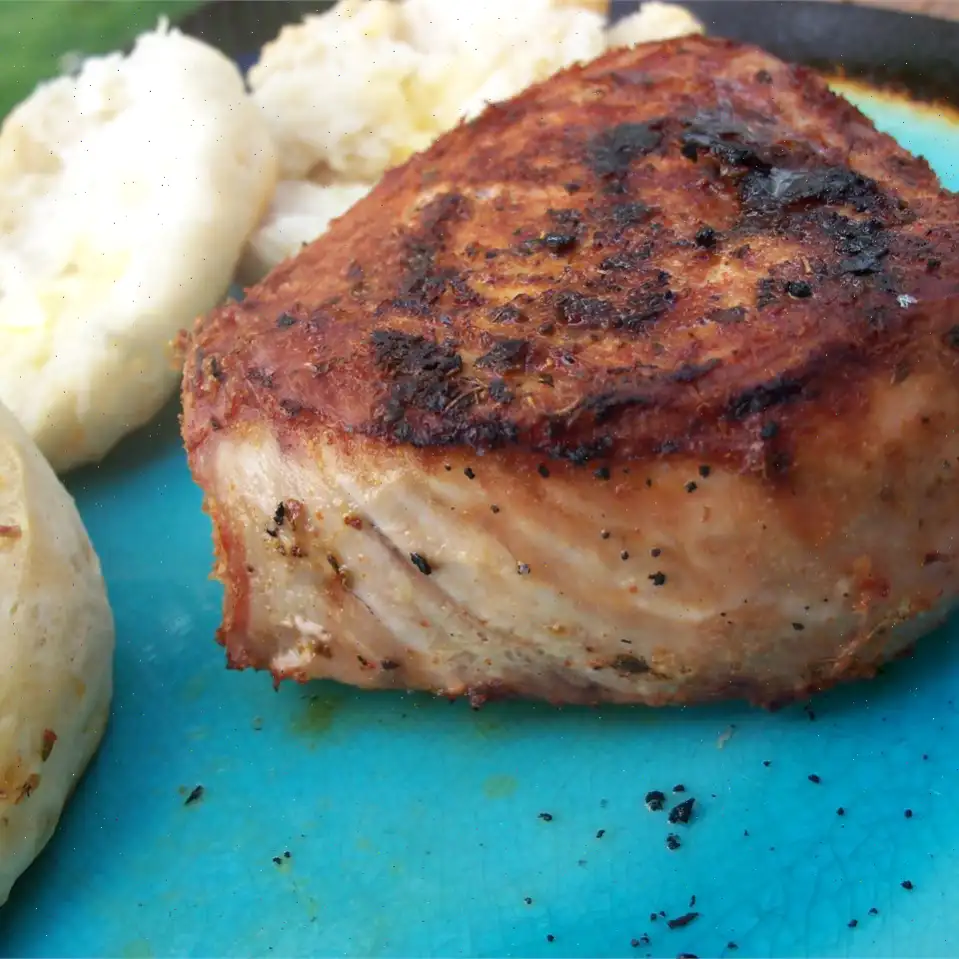
Sweet, Sticky, and Spicy Chicken Recipe
Ingredients
This recipe was developed at its original yield. Ingredient amounts are automatically adjusted, but cooking times and steps remain unchanged. Note that not all recipes scale perfectly. Original recipe (1X) yields 4 servings.
- cup soy sauce
- 2 tablespoons honey
- 2 tablespoons hot sauce
- 1 tablespoon brown sugar
- 2 teaspoons chopped fresh ginger root
- 2 teaspoons chopped garlic
- 4 skinless, boneless chicken breast halves, cut into inch strips
- Salt and pepper to taste
- 1 tablespoon vegetable oil
Directions
Step 1: Gather all the ingredients and set them aside.
Step 2: In a small bowl, whisk together the soy sauce, honey, hot sauce, brown sugar, ginger, and garlic. Set the sauce aside.
Step 3: Lightly season the chicken strips with salt and pepper.
Step 4: Heat the vegetable oil in a large skillet over medium heat. Add the chicken strips to the skillet and cook, stirring occasionally, until they are browned on all sides (about 1 minute per side).
Step 5: Once the chicken is browned, pour the prepared sauce over the chicken. Reduce the heat and simmer uncovered for about 8 to 10 minutes, until the sauce thickens and the chicken is fully cooked.
Step 6: Serve the dish immediately and enjoy!
Editor's Note
If you want to add a crunchy, crisp-tender texture to the dish, consider adding pound of broccoli florets during Step 4, when you brown the chicken strips.
Nutrition Facts (per serving)
| Nutrition Information | Amount |
|---|---|
| Calories | 232 |
| Total Fat | 9g (12%) |
| Saturated Fat | 2g (11%) |
| Cholesterol | 59mg (20%) |
| Sodium | 1176mg (51%) |
| Total Carbohydrate | 14g (5%) |
| Dietary Fiber | 0g (1%) |
| Total Sugars | 12g |
| Protein | 23g (46%) |
| Vitamin C | 6mg (6%) |
| Calcium | 20mg (2%) |
| Iron | 1mg (7%) |
| Potassium | 205mg (4%) |
* Percent Daily Values are based on a 2,000 calorie diet. Your daily values may be higher or lower depending on your calorie needs.
** Nutrient information is not available for all ingredients. Amount is based on available nutrient data.
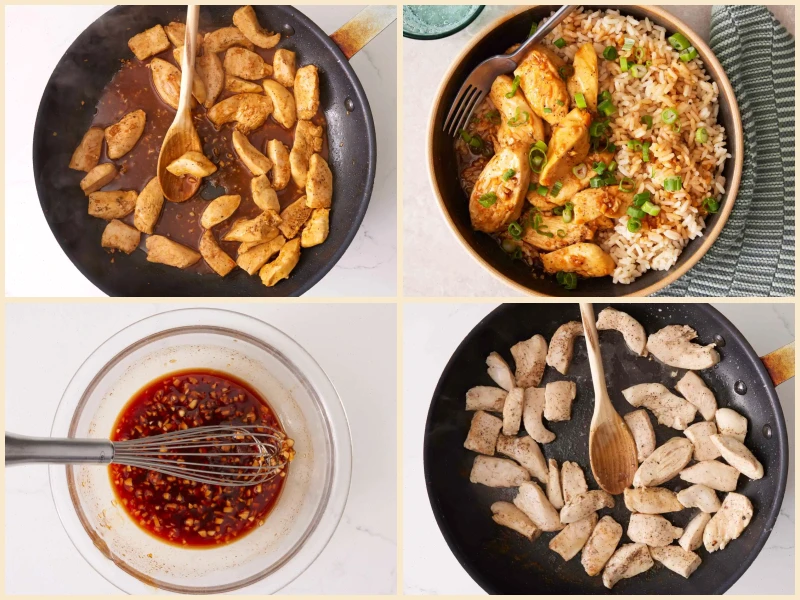

History and Origins
The origins of Sweet, Sticky, and Spicy Chicken can be traced to a variety of global culinary influences, particularly from Southeast Asia. The combination of sweet, spicy, and savory flavors is a hallmark of many Asian dishes, especially those in Chinese, Thai, and Korean cuisines. While the dish itself does not have a singular historical background, it draws from traditional cooking methods that emphasize balance in flavorssuch as sweet soy sauces, spicy chili, and earthy ginger. This type of dish is often seen in modern interpretations of Asian-American cuisine, which blends traditional Asian flavors with American cooking styles.
Regional Variations
Depending on the region, the level of spice, sweetness, and additional ingredients can vary greatly. In Thai cuisine, for example, a similar dish would often include a heavier use of fresh herbs like basil, lime, or lemongrass, with more prominent lime or tamarind to balance the sweetness. Chinese versions might incorporate different types of soy sauce or include additional vegetables like bell peppers or onions. Korean dishes, such as Dakgangjeong, are also quite similar, using a sticky, sweet-spicy glaze, but often deep-frying the chicken for extra crispiness. The variation in each region reflects local taste preferences and ingredient availability.
Differences from Similar Dishes
Sweet, Sticky, and Spicy Chicken is distinct from other popular sticky chicken dishes, such as General Tsos Chicken or Orange Chicken, in its simplicity and balance of flavors. While dishes like General Tso's are often deep-fried and coated with a sweet-sour sauce, Sweet, Sticky, and Spicy Chicken uses a more straightforward marinade made from soy sauce, honey, brown sugar, and hot sauce, with a notable punch of ginger and garlic. The key difference lies in the sauceGeneral Tsos typically has a more vinegar-forward taste, while this recipe leans on honey for sweetness, creating a thicker, more syrupy glaze.
Where It's Typically Served
This dish is a popular choice in casual dining settings, particularly in American Chinese restaurants and Asian fusion eateries. It is often served as part of a larger meal alongside steamed white rice, fried rice, or noodles. In homes, its a quick, family-friendly dish ideal for busy weeknights or meal prepping. Its also found at many gatherings and potlucks where guests enjoy simple yet flavorful meals that are easy to prepare and serve in larger quantities. Though it is not as common as traditional Chinese-American takeout, its growing popularity makes it a go-to choice for those looking for a sweet and savory dinner option.
Fun Facts
- In many Asian cultures, ginger is prized not only for its unique flavor but also for its health benefits. It's commonly used to aid digestion and reduce inflammation.
- While honey is a key ingredient in this recipe, the sweetness of honey combined with hot sauce creates a perfect balance that keeps the dish from becoming overly sugary.
- The dishs popularity surged in the early 2000s, as American home cooks began experimenting with bold flavors from different cultures, leading to a fusion of ingredients and cooking styles.
- If youre looking for a healthier version of this recipe, you can substitute the soy sauce with a low-sodium version and use a sugar substitute like stevia or monk fruit to cut down on calories.
FAQ about Sweet, Sticky, and Spicy Chicken Recipe
Comments
Stephen Taylor
12/12/2023 07:56:15 PM
I had an incredibly delicious experience with the chicken dish. I used ground ginger and a tablespoon of hot sauce, but unfortunately, the flavors were not very prominent. If you enjoy spicy food, I recommend using both ingredients. My chicken turned out incredibly sticky! Here's my process: I cut the chicken into small pieces, coated them lightly in flour by shaking them in a bag. I then fried them in a very hot pan at level 8 out of 10 until they were nicely browned, which took several minutes. Next, I added the sauce, tossed everything together, reduced the heat to level 3, covered the pan, and let it simmer until the rice was ready, about 15 minutes. Despite the chicken sticking and burning a bit on the bottom of the pan, I continued using the same pan. The sticky residue actually added to the dish's flavor. I will definitely be making this recipe again and again!
Kenneth Perez
04/05/2024 12:22:57 AM
I followed the advice of another reviewer and only used half of the recommended amount of soy sauce. Additionally, I thickened the sauce with corn starch as recommended. The result was absolutely delicious!
Katherine Adams
07/01/2023 10:25:19 PM
Achieve a crispier and more authentic Asian-style flavor by opting for cornstarch over flour.
Richard Gomez
06/20/2023 02:39:56 PM
The entire household absolutely adored this dish! I coated the chicken pieces in a mixture of cornstarch and flour seasoned with salt and pepper, just as others suggested. The result was perfectly crispy yet tender. I will definitely be making this again.
David Wilson
02/15/2025 07:26:02 AM
Absolutely fantastic
Dennis Walker
09/08/2023 07:53:58 PM
Added broccoli, spinach, and teriyaki sauce!


